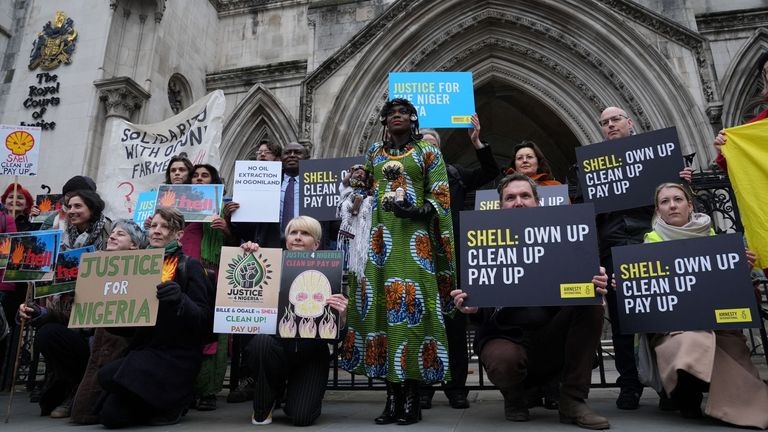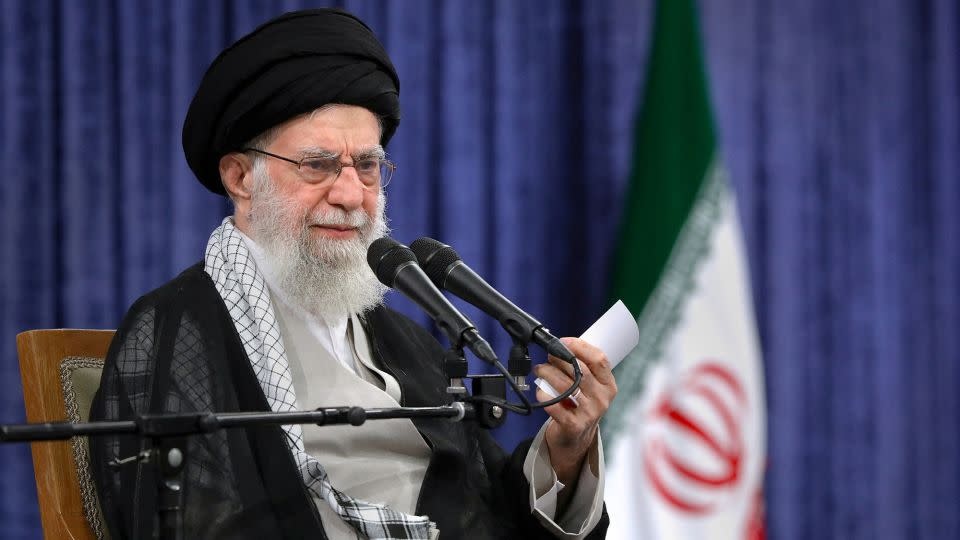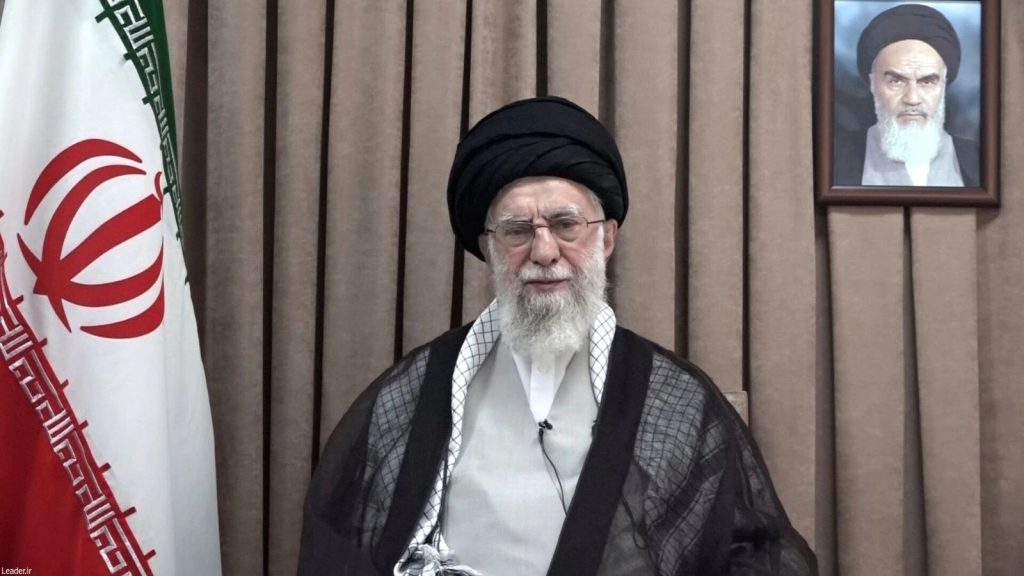Security
Growing Iranian threats endanger U.S. troops in the Middle East

The deepening conflict between Israel and Iran has captured global attention, raising fears of U.S. military involvement.
Currently, tens of thousands of American troops stationed across the Middle East could become prime targets if Washington intervenes directly.
Experts warn that Iranian missiles could strike U.S. bases within minutes, putting service members at grave risk.
Over 40,000 U.S. personnel, including civilians, are deployed in strategic locations such as Syria, Iraq, Jordan, and Gulf states like Qatar and Bahrain.
These bases house advanced military equipment worth billions, yet their proximity to Iran makes them vulnerable.
Retired Colonel Seth Krummrich, a security analyst, emphasized Iran’s rapid missile capabilities, stating, “They move very quickly,” leaving little time for defense.
Israel-Iran Conflict Reaches Dangerous Levels
Last week, Israeli airstrikes targeted Iranian facilities, marking a sharp escalation in hostilities. Iran retaliated swiftly, further destabilizing the region.
President Trump has delayed a decision on U.S. military action, signaling a two-week window for possible negotiations.
However, Iran’s Supreme Leader Ayatollah Khamenei issued a stark warning, threatening *“irreparable damage”* if America intervenes.
Past events underscore Iran’s willingness to strike back. In 2020, after the U.S. killed General Qassem Soleimani, Iranian missiles pounded American bases in Iraq.
Now, with tensions flaring again, U.S. forces are on high alert.
American Bases at Risk
Key installations like Iraq’s Al-Asad Air Base, which hosts 2,500 troops, are likely targets due to their proximity to Iran.
Satellite images show aircraft being relocated, suggesting defensive preparations.
Other critical sites include Qatar’s Al Udeid Air Base, home to 10,000 personnel, and Bahrain’s Fifth Fleet headquarters.
Retired General Joseph Votel acknowledged that while bases have protective measures, nearby diplomatic and private assets remain exposed.
Meanwhile, Iranian-backed militias have already attacked U.S. positions in Iraq and Syria, including a recent drone strike near Ain al-Asad.
U.S. Military Reinforces Defenses
To counter threats, the Pentagon has deployed the USS Nimitz carrier group and repositioned F-16 jets to Saudi Arabia.
Defense Secretary Pete Hegseth assured Congress that protective measures are being strengthened, though he withheld operational details.
“Our job is to ensure the president has options,” he stated, emphasizing troop safety as the top priority.
Broader Risks and Diplomatic Strains
Beyond direct conflict, Iranian proxies pose ongoing dangers.
A January drone attack in Jordan killed three U.S. soldiers, highlighting the persistent threat.
Analysts warn that Tehran may also target American interests outside military zones.
As the world watches, Trump’s upcoming decision could reshape the region’s security landscape.
With U.S. forces on the front lines and tensions at a boiling point, the next move could trigger widespread consequences.
For now, military preparations continue, but the hope for diplomacy remains—however fragile.
For Diaspora Digital Media Updates click on Whatsapp, or Telegram. For eyewitness accounts/ reports/ articles, write to: citizenreports@diasporadigitalmedia.com. Follow us on X (Fomerly Twitter) or Facebook













